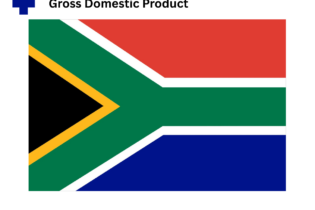In the wake of the disaster at the northern Chinese port of Tianjin, Deidré Penfold, executive director of Chemical and Allied Industries Association (CAIA), reiterates that proper chemical storage is required to minimise the hazards associated with leaks, spills and accidental mixing of incompatible chemicals.
“According to news reports, the explosions in China took place at a warehouse, which contained hazardous and flammable chemicals, including calcium carbide, sodium cyanide, potassium nitrate, ammonium nitrate and sodium nitrate. Calcium carbide reacts with water to create highly explosive acetylene, which may have triggered off the blasts,” she explains. “Indications are that the firefighters were on site before the explosions. The volatility of the chemicals means the fire was especially unpredictable and dangerous to approach. “CAIA has produced a Dangerous Goods Segregation Wheel that indicates the load or storage compatibility of mixed cargoes at a glance, using the class warning diamonds in an easy to use wheel. It assists in the segregation and storage of chemicals according to their hazard class. This prevents an undesirable chemical reaction from occurring should two or more chemicals accidently mix.” Safe packing, transportation essentialExplosives; Class 1 dangerous goods; sodium cyanide Class 6.1; sodium nitrate and potassium nitrate both of Class 5.1 – all have compatibility restrictions. Explosives cannot be stored or transported with any other chemicals and Class 5.1 and 6.1 chemicals should not be stored in close proximity to each other nor transported on the same vehicle.
When packages that contain dangerous goods are packed into a freight container, the consignor shall provide a container-packing certificate, specifying the container identifying number and that the packing has been carried out in accordance with certain conditions. Amongst these key requirements are that clean, dry and fit containers do not contain goods that are incompatible; that packages have been externally inspected for damage or leakage and that only sound packages have been loaded; and that the freight container and all the packages therein have been properly labelled and assigned placards. “The unfortunate Tianjin incident demonstrates that the management, storage and transport of hazardous chemicals, without considering their compatibility, could have disastrous consequences,” concludes Penfold.







